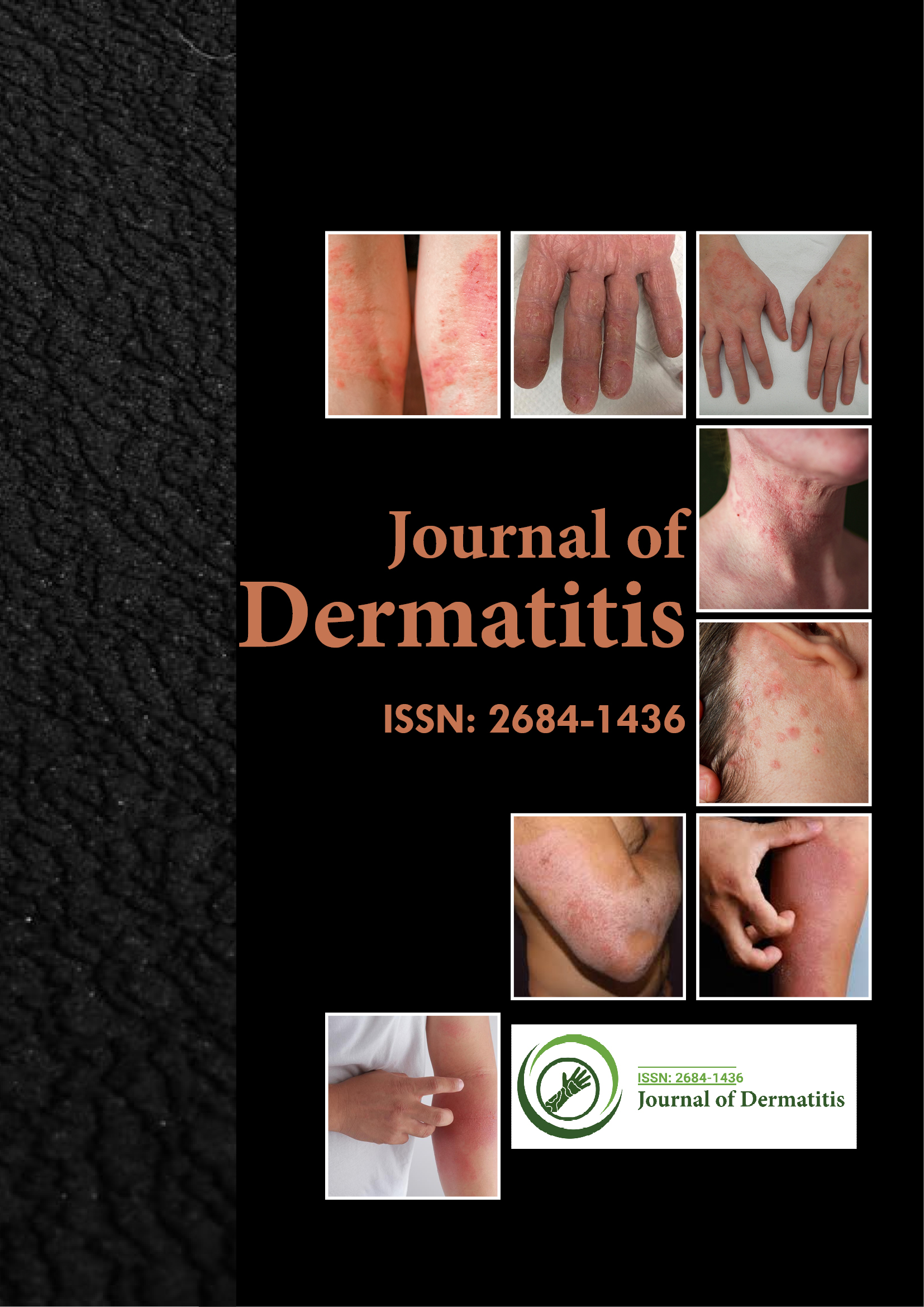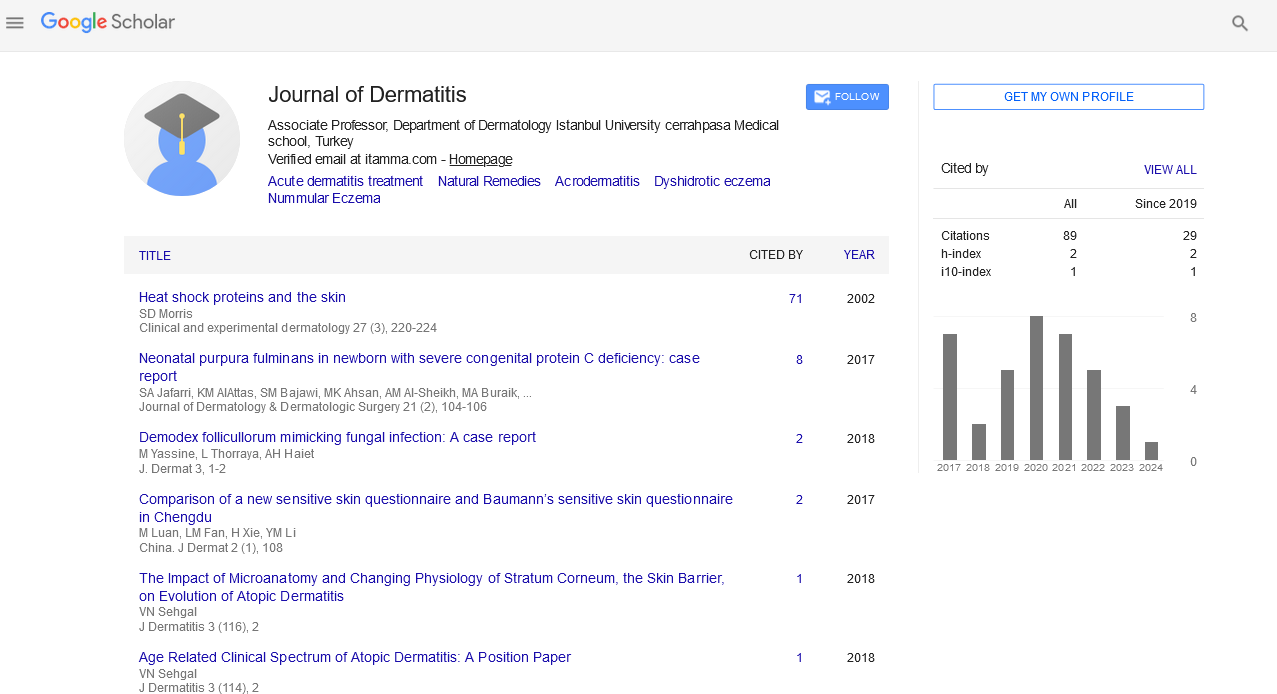Indexed In
- RefSeek
- Hamdard University
- EBSCO A-Z
- Euro Pub
- Google Scholar
Useful Links
Share This Page
Journal Flyer

Open Access Journals
- Agri and Aquaculture
- Biochemistry
- Bioinformatics & Systems Biology
- Business & Management
- Chemistry
- Clinical Sciences
- Engineering
- Food & Nutrition
- General Science
- Genetics & Molecular Biology
- Immunology & Microbiology
- Medical Sciences
- Neuroscience & Psychology
- Nursing & Health Care
- Pharmaceutical Sciences
Perspective - (2022) Volume 7, Issue 5
Therapeutic Management of Necrotizing Fasciitis via Organism
Chuan Liaw*Received: 01-Sep-2022, Manuscript No. JOD-22-18170; Editor assigned: 05-Sep-2022, Pre QC No. JOD-22-18170 (PQ); Reviewed: 19-Sep-2022, QC No. JOD-22-18170; Revised: 26-Sep-2022, Manuscript No. JOD-22-18170 (R); Published: 03-Oct-2022, DOI: 10.35248/2684-1436.22.7.163
Description
Below are general suggestions and organism-specific therapeutic regimens for necrotizing fasciitis, including those for Streptococcus pyogenes, Methicillin-Susceptible Staphylococcus Aureus (MSSA), Methicillin-Resistant S Aureus (MRSA), and Clostridium species. Of the 469 Malaysian patients with necrotizing fasciitis, the majority were monomicrobial, with Streptococcus species (19%), Pseu
It is vital to keep in mind that extreme pain helps distinguish necrotizing infections from those that are only superficial. Necrotizing fasciitis may also be indicated by tachycardia and increased levels of creatine kinase, C-reactive protein, and creatinine.
Oritavancin (Orbactiv), dalbavancin (Dalvance), and tedizolid are additional FDA-approved antibiotics for the treatment of acute bacterial skin and Skin Structure Infections (Sivextro). These medications work against a variety of bacteria, including Staphylococcus aureus, Streptococcus pyogenes, Streptococcus agalactiae, and the Streptococcus anginosus group (which includes Streptococcus anginosus, Streptococcus intermedius, and Streptococcus constellatus). See the following monographs for comprehensive drug information, including dose instructions:
• Oritavancin
• Dalbavancin
• Tedizolid
The main therapeutic approach for people with necrotizing fasciitis is aggressive surgery, which needs to be done as soon as feasible. Rarely, bites from cobras and other snakes may cause necrotizing fasciitis. In that situation, a successful outcome depends critically on the bite site, the patient's clinical characteristics, the use of a particular antivenin, and appropriate antibiotics.
Rapid high-dose intravenous antibiotic therapy is necessary for the management of periorbital necrotizing fasciitis. Because antibiotic resistance mechanisms may be present, treating necrotizing fasciitis caused by Aeromonas infections with antibiotics might be challenging. After the fever subsides, clinical recovery is apparent, and no further surgical debridement is required, antimicrobial medication should be continued for 48-72 hours.
An early indicator of the recommended course of treatment is a Gram stain of the exudate, which shows the presence of pathogens. However, its use shouldn't postpone crucial surgical debridement. Additionally, the efficacy of hyperbaric oxygen treatment for treating people with necrotizing fasciitis has been questioned, with evidence to support or contradict its efficacy being weak. To protect tissues and limit the spreading infection, one may think about combining suitable intravenous antibiotic therapy with conservative surgery, hyperbaric oxygen therapy, and negative-pressure wound care. After debridement, vacuumassisted closure can be applied. Intensive care units should be used for patients with necrotizing fasciitis.
Patients with urogenital necrotizing fasciitis should receive parenteral broad-spectrum triple antibiotic therapy utilising a third-generation cephalosporin paired with metronidazole and/or an aminoglycoside before undergoing surgical removal of necrotic tissues.
The traditional triple therapy may occasionally be substituted with newer antibiotic classes, including piperacillin-tazobactam. Clindamycin can be utilized and inhibits the generation of toxins. Local antibiograms should be used to guide treatment. According to studies, the second-generation oxazolidinone antibiotic tedizolid performs better than linezolid in treating group A Streptococcus. Vibrio vulnificus-related necrotizing fasciitis has been treated with doxycycline and either ceftriaxone or cefotaxime.
Citation: Liaw C (2022) Therapeutic Management of Necrotizing Fasciitis via Organism. J Dermatitis.7:163.
Copyright: © 2022 Liaw C. This is an open-access article distributed under the terms of the creative commons attribution license which permits unrestricted use, distribution and reproduction in any medium, provided the original author and source are credited.

